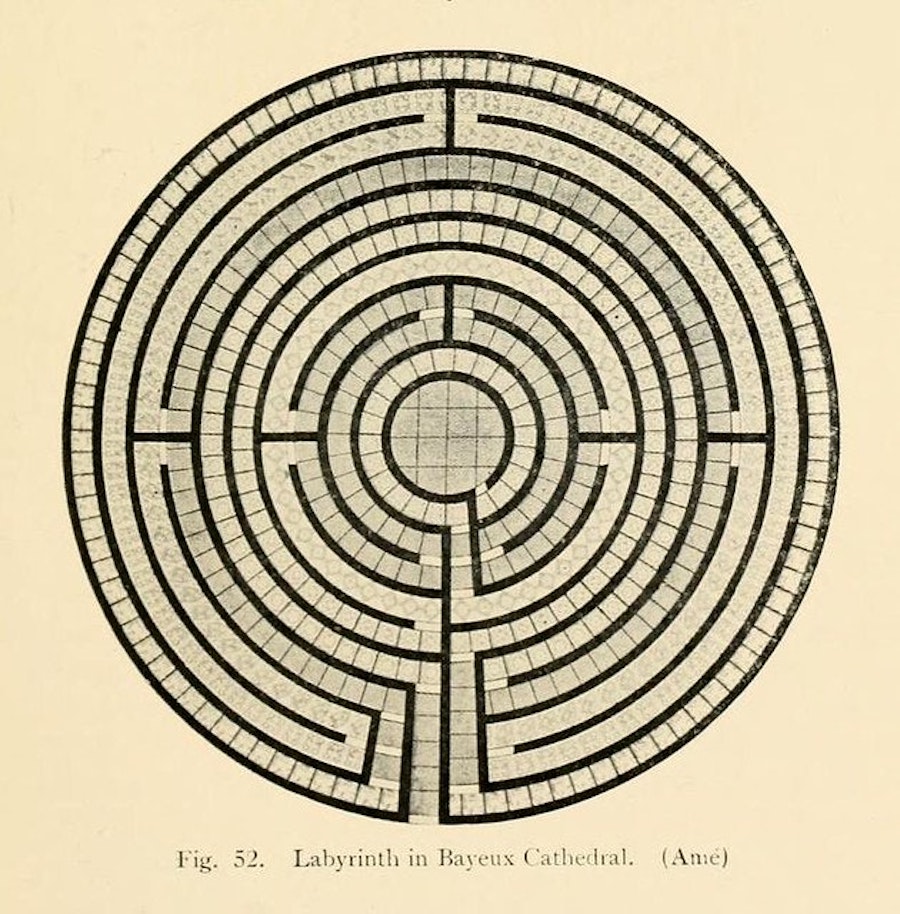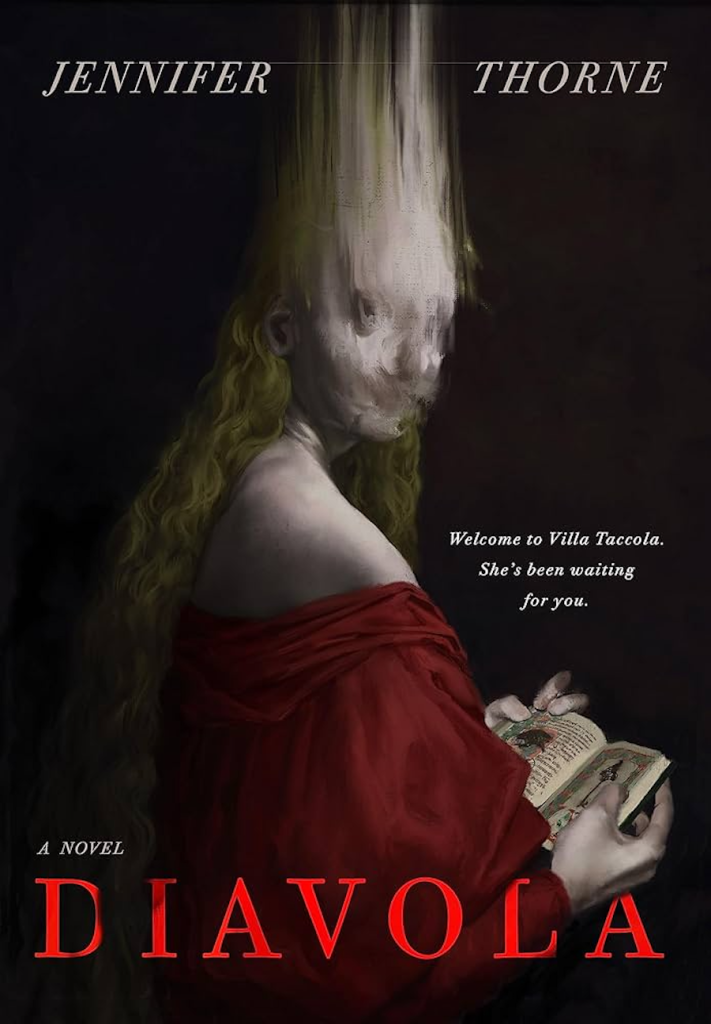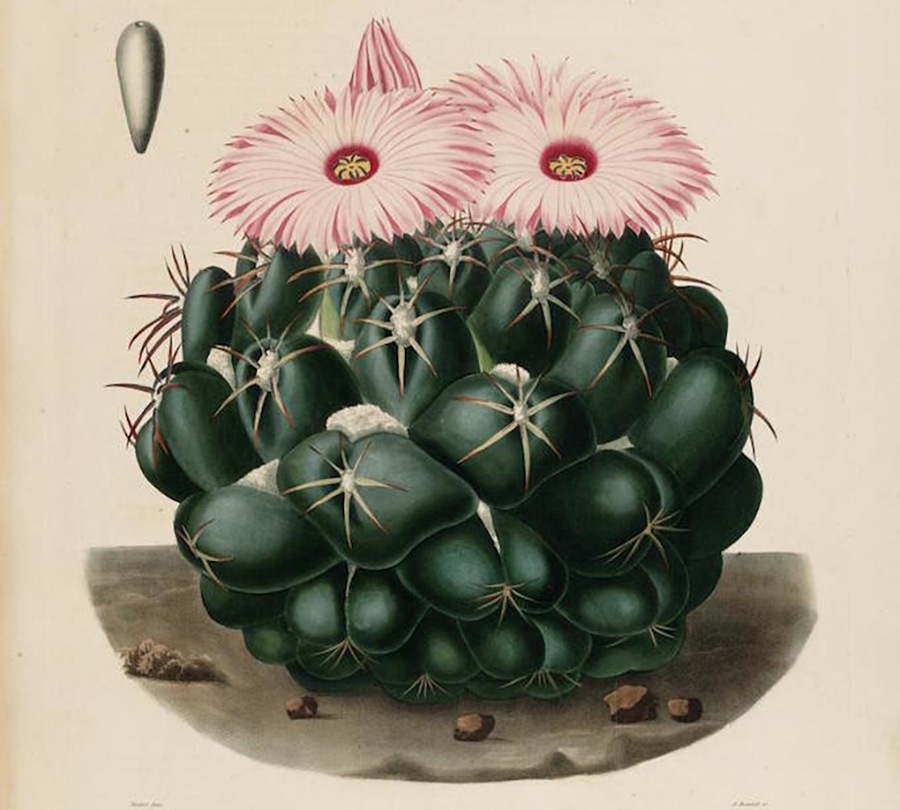“If this is her bookshelf: run,” the post reads. It features images of book titles, among them works like The Bell Jar, Gone Girl, My Year of Rest and Relaxation, Girl Interrupted, and Valley of the Dolls. These books have all been dubbed under the internet lingo as “Female Manipulator” literature.
This phrase, Female Manipulator, is a growing term across social media platforms with thousands of people using it on Instagram, thousands of people following updates on Tumblr, and a combined total of over 169 million views of videos on TikTok with the hashtag. Female Manipulators are characterized mainly by self-destructive tendencies, a forthright if not flippant tone, confidence bordering on cockiness, and usually a large distaste for the patriarchy. Their behaviors and method of coping very often don’t make them good people. However, it is exactly this about the Female Manipulator that makes young women gravitate to it in media.
To truly understand the rise in Female Manipulator literature, you must look back to another archetype in pop culture, the Manic Pixie Dream Girl. This term was first coined by film critic Nathan Rabin, who described the character type as, “ [Existing] solely in the fevered imaginations of sensitive writer-directors to teach broodingly soulful young men to embrace life and its infinite mysteries and adventures.” The Manic Pixie Dream Girl is eccentric, quirky, and girlish. She is characterized by her uniqueness, typically in contrast to other women. Almost always this character’s main function is to serve as the love interest to a male protagonist and help him out of a brooding, usually depressive, state. If she has any of her own mental health issues, they only work to further separate her from what the protagonist views as average. This archetype can be found all over film and literature, including but not limited to works like Breakfast at Tiffany’s, Elizabeth Town, The Great Gatsby, The Perks of Being a Wallflower, Scott Pilgrim Vs. The World, Fahrenheit 451, and Looking for Alaska.
Despite its popularity, the Manic Pixie Dream Girl cliché has received a lot of criticism for its portrayal of women as reductive and condescending; people state that it’s mostly there to serve as a male fantasy. In response, some media emerged with purposeful subversions of the trope in order to critique it. Even with the critiques and general dislike of the trope among many, it represents a larger issue of the portrayal of women in media with their function being to aid a man in his journey while she remains static and underdeveloped. However, the books that are labeled as Female Manipulator literature are absent of such portrayals.
This fact could largely account for the rise in popularity of such literature. The women featured in these stories often contrast certain other tropes of women in media including the Manic Pixie Dream Girl. The Manic Pixie Dream Girl has issues in her life, but they all work to make her more mysterious, harder to grasp, deeper, and different from other girls. The Female Manipulator has issues, but they aren’t made out to be pretty. While one could argue that Female Manipulator literature can still lead to the romanticization of their negative behaviors, the root of why that happens is because people are drawn to it, not because the characters themselves are meant to be desirable. Instead of saving the man and making him better, the Female Manipulator does exactly that, she manipulates. The readers who look to this type of literature do so with the knowledge that the women in it are problematic in many ways. However, these women’s flawed and fully human characterizations, rather than depictions of them as saviors, lead readers to seek it out. These characters display attributes traditionally seen as non-desirable in women, and their selfish nature contradicts the stereotype of the female caregiver. As well, when the characters behave in aggressive or even violent ways, it appeals to the concept of “feminine rage”, letting out anger towards the patriarchy (or the men who represent it) instead of remaining passive and agreeable.
Critics of the popularity of the Female Manipulator term point to its nihilism and potential misguidance to normalize the behavior. Others call it hypocritical to glamorize this behavior in women. However, the rise in popularity of this term and this type of literature could give insight into the frustrations felt by many people not only towards the portrayal of women in media but towards the patriarchy in general.
On Tiktok, one of the top posts with the Female Manipulator hashtag has over 300 thousand total likes. It features text across the screen where Tiktok user Disaalind writes:
“I hate being a girl… I hate having to pretend to like men because truth be told I hate them. I hate how they talk to me. I hate how they look at me. I hate having to giggle when they say something. I hate being nice to them. I hate that I feel small in their presence. I hate when they touch me. I hate what they have created. I hate that I have to look good if I want to be respected amongst them. I hate who I become around them. I hate what they did to me.”
This draw to “unlikeable” female characters reflects widespread frustration with patriarchal values and the inability to ever meet the unreasonable standards set on women. The expectations for women to behave a certain way, to look a certain way, to provide for others a certain way, and to not let their own issues and needs get in the way. The rise of the Female Manipulator is just one clear example of the resentment towards larger societal issues and how those feelings then reflect in the media that we consume.




